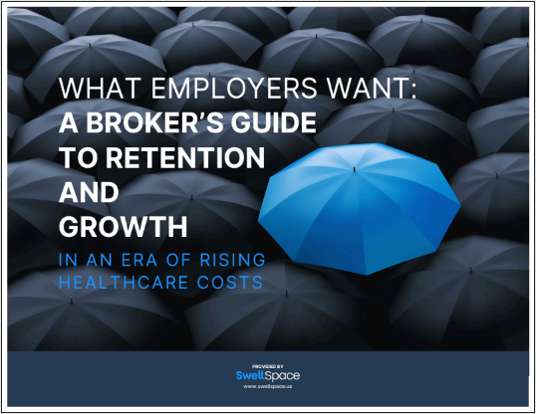<p>WASHINGTON, D.C. – Katie Fitzgerald, president of the Association of Community Organizations for Reform Now (ACORN) expressed her "deep disappointment" with a city ordinance introduced by Council Member Ambrose addressing predatory lending. The ordinance, known as the Home Loan Protection Act of 2002 is designed "to safeguard the District's residential property owners against predatory lending practices, to deter such practices, and to establish an enforcement and penalty system to punish violators.to create a clear and easily-understood mechanism that will provide maximum protection for consumers, while also minimizing the additional regulatory burden placed upon the District of Columbia Government and the city's reputable lenders and brokers." But in fact, said Fitzgerald, "The key measurements of anti-predatory lending legislation are whether its protections are strong enough to protect consumers and whether those protections actually apply to loans with high fees and interest rates. The ordinance just introduced fails on both counts, missing a wide range of high-fee loans while offering only a few weak protections on those loans it does cover." Among the provisions of the ordinance:: lenders are prohibited from making covered loans to borrowers without regard to the borrower's ability to make the loan payments. The lender must first determine the prospective borrower's repayment ability by reviewing the borrower's current and expected income, current obligations as disclosed in their loan application, credit report, employment status, and other financial resources. The borrower's equity in the home that is being used to secure the loan cannot be considered in determining the borrower's repayment ability. A lender can not sell any individual or group credit life, accident and health, or unemployment insurance product on a prepaid single premium basis in connection with a covered loan. To prevent the predatory practice of "flipping," a lender can not charge any points or fees on a covered loan to the extent that the loan proceeds are used to refinance an existing covered loan originated by the same lender with the past year; A lender is prohibited from encouraging a borrower to default on an existing loan or a portion of that loan that the borrower is obligated to pay; A lender is restricted from steering, counseling, or directing a prospective borrwer to accept a loan that is at a less favorable interest rate than the loan the borrower is qualified to receive; A lender or its servicer must report a borrower's favorable payment history information to a major credit reporting agency at least once every 12 months. Despite the comprehensiveness of these provisions, Fitzgerald said the ordinance still is lacking in what homeowners really need to be protected from predatory lending practices. "If you had to pick the single most damaging predatory practice, it would be the excessive financing of fees that strips away equity and gets lost in the fine print, but there's virtually nothing in the ordinance to protect consumers from this practice," she said. Fitzgerald said the only relevant part of the ordinance applies when fees are above 6% of the loan amount, only when the same lender is refinancing a loan they originally made, and only when that happens within the first year after the original loan is made. "That's not going to help virtually any of the D.C. homeowners who are losing huge amounts of their hard-earned equity in predatory refinancings," she said. ACORN cited two areas it said the council needs to address in the ordinance. Concerning thresholds, Fitzgerald said if the ordinance is to have an impact, it must actually cover high-cost loans. The version introduced by Ambrose "misses the mark," said Fitzgerald. The ACORN president offered that an appropriate points and fees threshold would be 3% not counting third-party charges. The threshold in the introduced ordinance is 6%. In addition, Fitzgerald said the introduced ordinance's threshold is closer on an annual percentage rate threshold. She suggests the ordinance use the Treasury rate plus 6% on first mortgages (the introduced version has Treasury plus 7%) and Treasury plus 8% on second mortgages. Second, regarding the financing of excessive fees, Fitzgerald offered that not counting third-party charges, the financing of lender and broker fees should be limited to 3% of the loan. That would be more in line with the 1% to 1.5% of the loan typically charged "A" borrowers in fees paid directly to the lender, and would be considerably lower than the 7% or higher fees typically paid on predatory loans. -</p> <p>[email protected]</p>
Continue Reading for Free
Register and gain access to:
- Breaking benefits news and analysis, on-site and via our newsletters and custom alerts
- Educational webcasts, white papers, and ebooks from industry thought leaders
- Critical converage of the property casualty insurance and financial advisory markets on our other ALM sites, PropertyCasualty360 and ThinkAdvisor
Already have an account? Sign In Now
© 2024 ALM Global, LLC, All Rights Reserved. Request academic re-use from www.copyright.com. All other uses, submit a request to [email protected]. For more information visit Asset & Logo Licensing.








